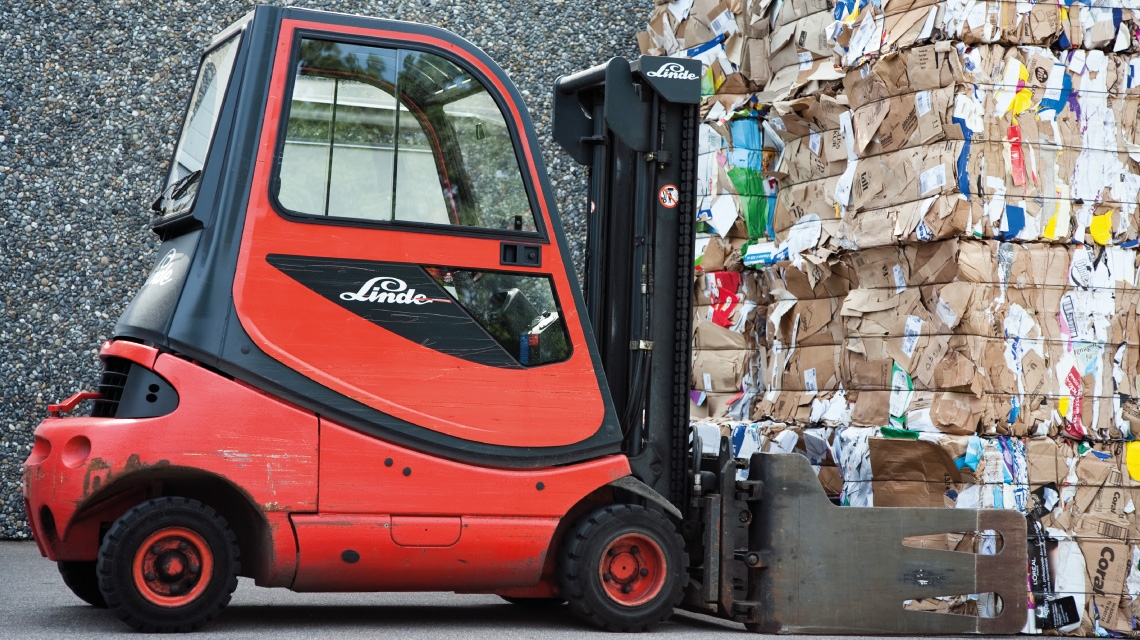
Waste is a growing problem. Every day, we produce tons of various kinds of rubbish – food, industrial, agricultural, construction, electronics. Most of it ends up in landfills or dumped in the ocean, resulting in incalculable losses in resources and damage from air, soil and water pollution.
Presented with a future where we may be drowning in our own rubbish, science has turned its attention to utilizing waste as a resource. Some types of waste – plastic, glass, metal and paper – we already recycle. But many others still have potential. One obvious use for waste is to extract from it some of its latent energy in the form of biogas.
Biogas is the mixture of methane and carbon dioxide produced when biological material breaks down. It has properties similar to natural gas, and can be used for energy in the same way.
In nature, when something decomposes, the gas is slowly released into the atmosphere – so not only can it not be used, it contributes to global warming.
Anaerobic digestion is a well-known process that speeds up the waste decomposition process, enhances the biogas production, and captures the biogas to be used.
That is why we are working on ways to take nearly any kind of organic biodegradable waste, treat it and recover much of its energy in the form of usable biogas.
Waste varies, and some of it needs different conditions to decompose. But rather than a system where we separate out the waste into its component types, and treat each type differently, we are working on a system that uses mixed, blended waste to conduct anaerobic co-digestion – a process where multiple diverse waste mixtures enhance the overall process, thanks to synergies between properties that some wastes have and others lack.
We are looking at developing a framework to quickly assess the impact and potential of any waste and how to integrate it in the overall co-digestion process. With that we will achieve the maximum production and quality of biogas as well as other products such as biosolids for use as fertilizer.
For that, we need a good understanding of the diverse wastes produced in the UAE. We need to know how the waste breaks down, what quantity and quality of gas it produces or whether it could be later used as fertilizer. All that is captured by developing and using comprehensive mathematical models of the co-digestion process.
Based on these models, we aim to create a tool that will allow us to dynamically price the waste treatment by calculating the potential biogas and fertilizer returns from any given quantity of a specific waste against all the costs associated with its treatment.
This approach is intended to create a truly sustainable business model by making the waste treatment a value chain from low or negative value wastes to valuable products such as biogas and fertilizer.
With the proper tools in place, the anaerobic co-digestion plant operator will be able to assess the value (positive or negative) of a waste, be it from factories, farms, or municipalities. Then they will be able to either charge or pay for it depending on its properties and biogas potential.
Such a sustainable process could save many types of waste from polluting the atmosphere and taking up space in landfills, contributing to Abu Dhabi’s commitments to environmental protection.
Producing biogas to use in place of natural gas is aligned with Abu Dhabi’s desire to reduce its reliance on fossil fuels and help the emirate achieve its goals for carbon emission reduction.
Dr Jorge Rodriguez is assistant professor of chemical and environmental engineering at the Masdar Institute of Science and Technology






